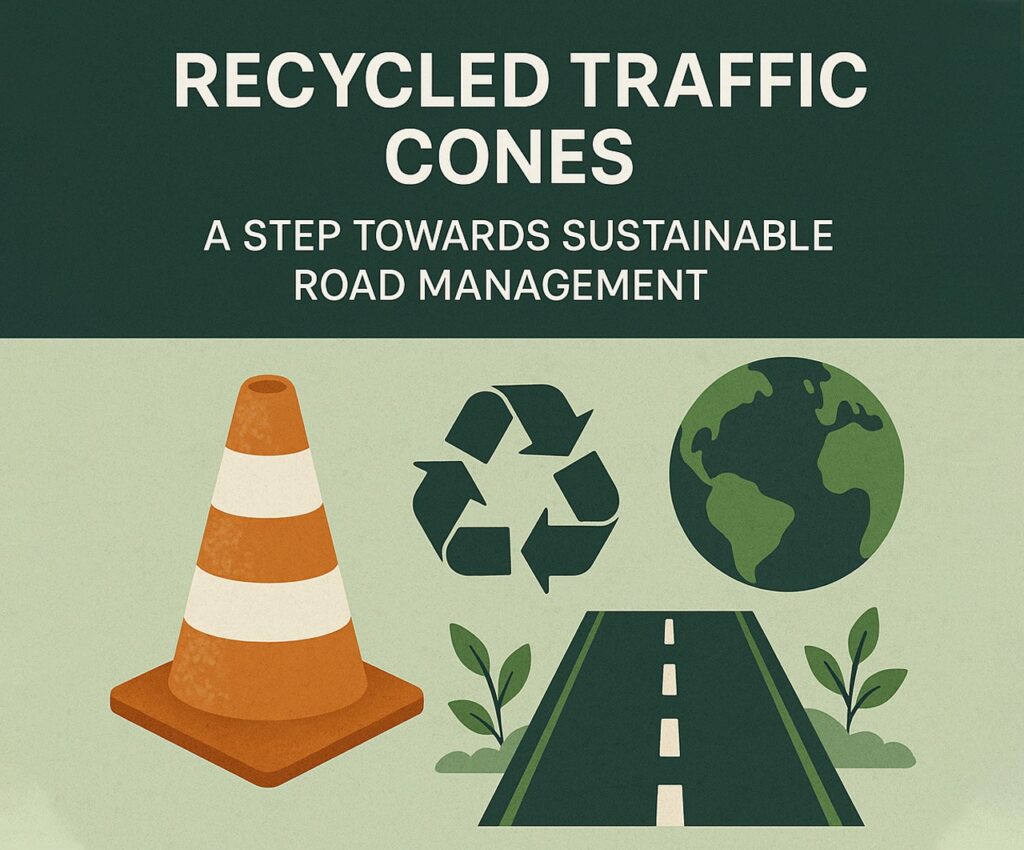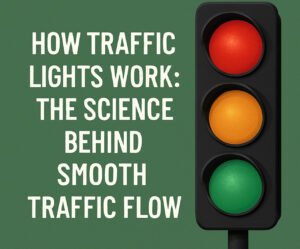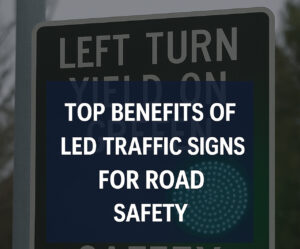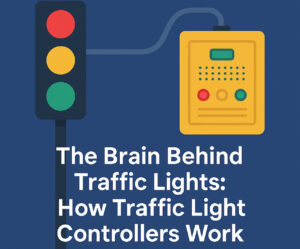In a world striving for greener practices and smarter infrastructure, recycled traffic cones, large traffic cones, and small traffic cones are emerging as practical solutions for sustainable road management. These everyday safety tools are getting an eco-conscious upgrade, helping cities cut waste, reduce carbon footprints, and still maintain the highest standards of safety. From highways to school zones, the future of traffic control is becoming more environmentally friendly—without compromising effectiveness. Know more..
The Role of Traffic Cones in Road Safety
Traffic cones are essential tools in temporary traffic control. Whether it’s large traffic cones used on multi-lane roads or small traffic cones for pedestrian areas and compact spaces, they signal caution, guide vehicles, and protect workers. Traditionally, these cones have been made from virgin plastics like PVC, which are durable but resource-heavy and non-biodegradable.
The increasing awareness of environmental issues has sparked a push toward recycled traffic cones, which are made from post-consumer materials. These eco-friendly alternatives offer a way to reduce plastic waste while maintaining the same durability and visibility.
What Makes Recycled Traffic Cones Different?
Recycled traffic cones are typically made from used plastics that have been processed and molded into new forms. The base might come from recycled rubber, while the cone body is often crafted from reused PVC or LDPE (Low-Density Polyethylene). These materials are just as weather-resistant and UV-stable as their non-recycled counterparts.
Manufacturers of large traffic cones and small traffic cones are increasingly integrating recycled content into their production lines. Some cones even meet rigorous safety standards such as MUTCD (Manual on Uniform Traffic Control Devices) or OSHA regulations.
Environmental Impact: Why It Matters
Each year, millions of traffic cones are manufactured worldwide. By switching to recycled traffic cones, municipalities and contractors can significantly reduce their carbon emissions. Here’s how:
- Lower Resource Use: Manufacturing with recycled materials uses less energy and water.
- Waste Reduction: Diverts plastic from landfills and reduces dependency on new plastic production.
- Carbon Footprint: Reduces greenhouse gas emissions associated with raw material extraction and processing.
When scaled across city or state-wide procurement policies, these changes can have a major environmental payoff.
Versatility in Sizes and Applications
Large traffic cones are often used in high-speed zones, construction sites, and major intersections. These cones need to be durable, visible from a distance, and capable of withstanding impacts. Thanks to advancements in recycled materials, these cones now offer the same performance with added sustainability.
Small traffic cones, on the other hand, are ideal for parking lots, warehouses, and sports events. They’re lighter, easier to transport, and can be produced using the same eco-friendly methods as larger models. Some small traffic cones are even stackable and collapsible, making them highly efficient for storage and logistics.
Cost Efficiency and Long-Term Value
One of the myths about recycled traffic cones is that they are more expensive than traditional cones. In reality, they are often more cost-effective over time due to:
- Lower Material Costs: Recycled inputs are typically cheaper than virgin plastics.
- Government Incentives: Some areas offer tax breaks or incentives for using sustainable products.
- Durability: New manufacturing techniques ensure that recycled cones last just as long as standard models, sometimes even longer.
By investing in large traffic cones and small traffic cones made from recycled materials, organizations can cut costs without sacrificing quality.
Innovations in Design and Materials
The shift toward recycled traffic cones has also driven innovation. New designs focus on better aerodynamics, high-visibility coatings, and multi-use functionality. For example:
- Some large traffic cones now come with detachable LED lights for night use.
- Reflective bands on small traffic cones are made with recycled aluminum foil.
- Bases are weighted with repurposed rubber, improving stability in windy conditions.
These features enhance both safety and environmental performance.
Adoption by Municipalities and Contractors
More and more local governments are incorporating recycled traffic cones into their green procurement policies. In many places, tenders and contracts now require proof of sustainable sourcing. Contractors using eco-friendly equipment are not only meeting these requirements but also appealing to environmentally conscious clients.
Large traffic cones with recycled content are now standard in many road repair projects. Small traffic cones are widely used in community events, school zones, and private parking lots where the emphasis on sustainability is growing.
DIY and Educational Uses
Small traffic cones made from recycled materials are popular for educational purposes too. Schools use them for sports training, obstacle courses, and safety drills. Their lightweight nature and eco-friendly composition make them ideal for classrooms and playgrounds.
DIY enthusiasts also use recycled traffic cones in home improvement projects, driveway marking, or backyard games. The rise of home-based learning and remote work has opened new uses for these traffic tools in everyday life.
Challenges in the Shift to Recycled Materials
Despite all the benefits, the shift toward recycled traffic cones isn’t without its challenges:
- Supply Chain: Sourcing enough high-quality recycled materials can be inconsistent.
- Quality Assurance: Ensuring every batch meets safety standards requires rigorous testing.
- Market Awareness: Some buyers still hesitate due to misconceptions about durability or performance.
However, with more education and improved technology, these obstacles are gradually being overcome.
Looking Ahead: Sustainability and Innovation
The future of traffic management is closely tied to sustainability. As cities get smarter and infrastructure becomes more connected, every component—even traffic cones—must evolve.
- Smart Cones: Integration of sensors and connectivity in large traffic cones for traffic data collection.
- Eco-Certification: Expect labels and certifications that highlight the recycled content and carbon footprint of small traffic cones.
- Circular Economy: Companies will begin to take back used cones, recycle them, and reintroduce them into the market.
These trends show that recycled traffic cones are more than a temporary fix—they’re a key part of the long-term solution.
Final Thoughts
The road to sustainability isn’t paved with just big policies and grand gestures. Sometimes, it starts with simple tools like recycled traffic cones, large traffic cones, and small traffic cones. By choosing eco-friendly versions of everyday road safety products, we can reduce waste, lower costs, and build a greener infrastructure.
Whether you’re a city planner, construction contractor, educator, or eco-conscious citizen, now is the time to make the switch. It’s not just about managing traffic—it’s about managing our planet’s future, one cone at a time.





